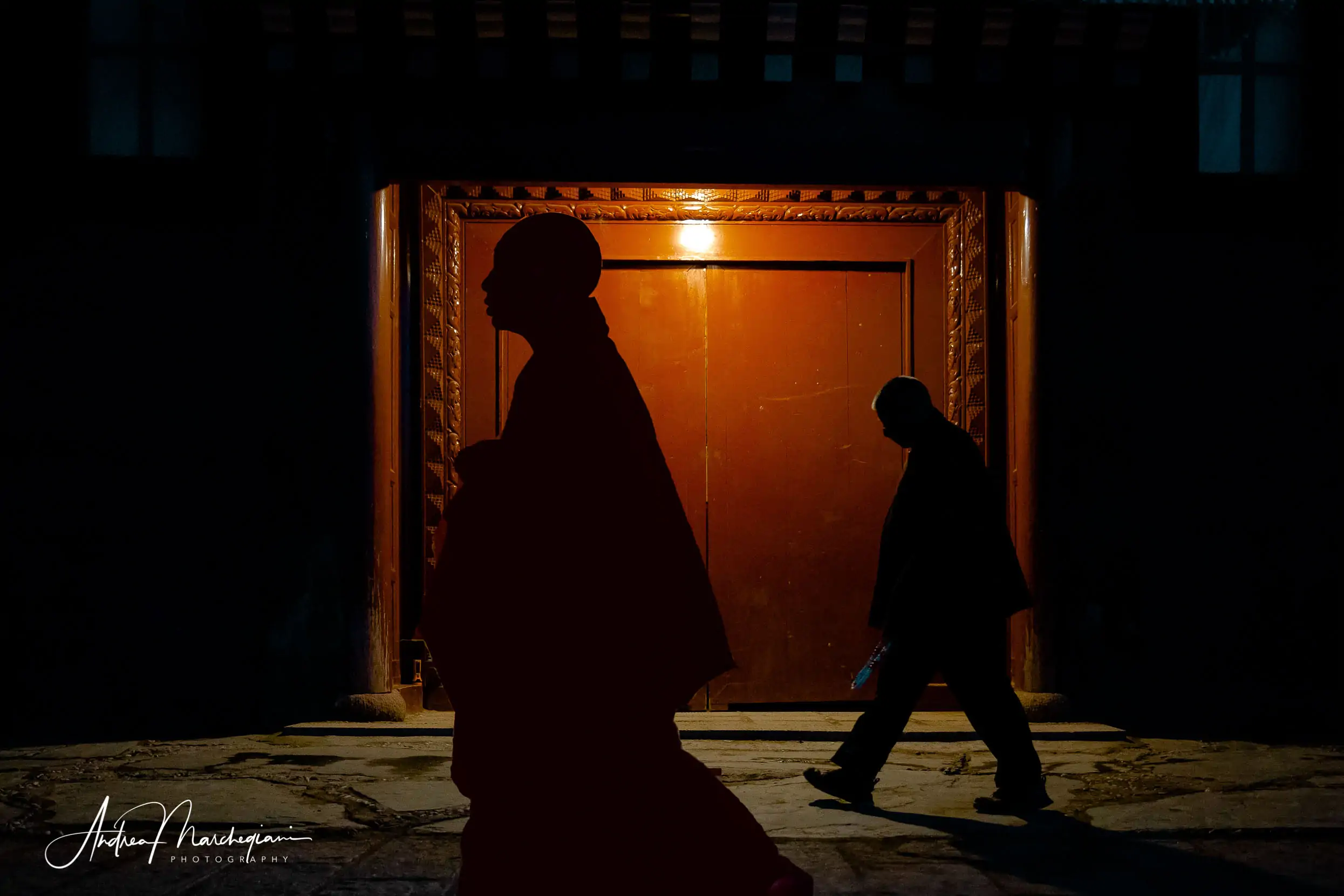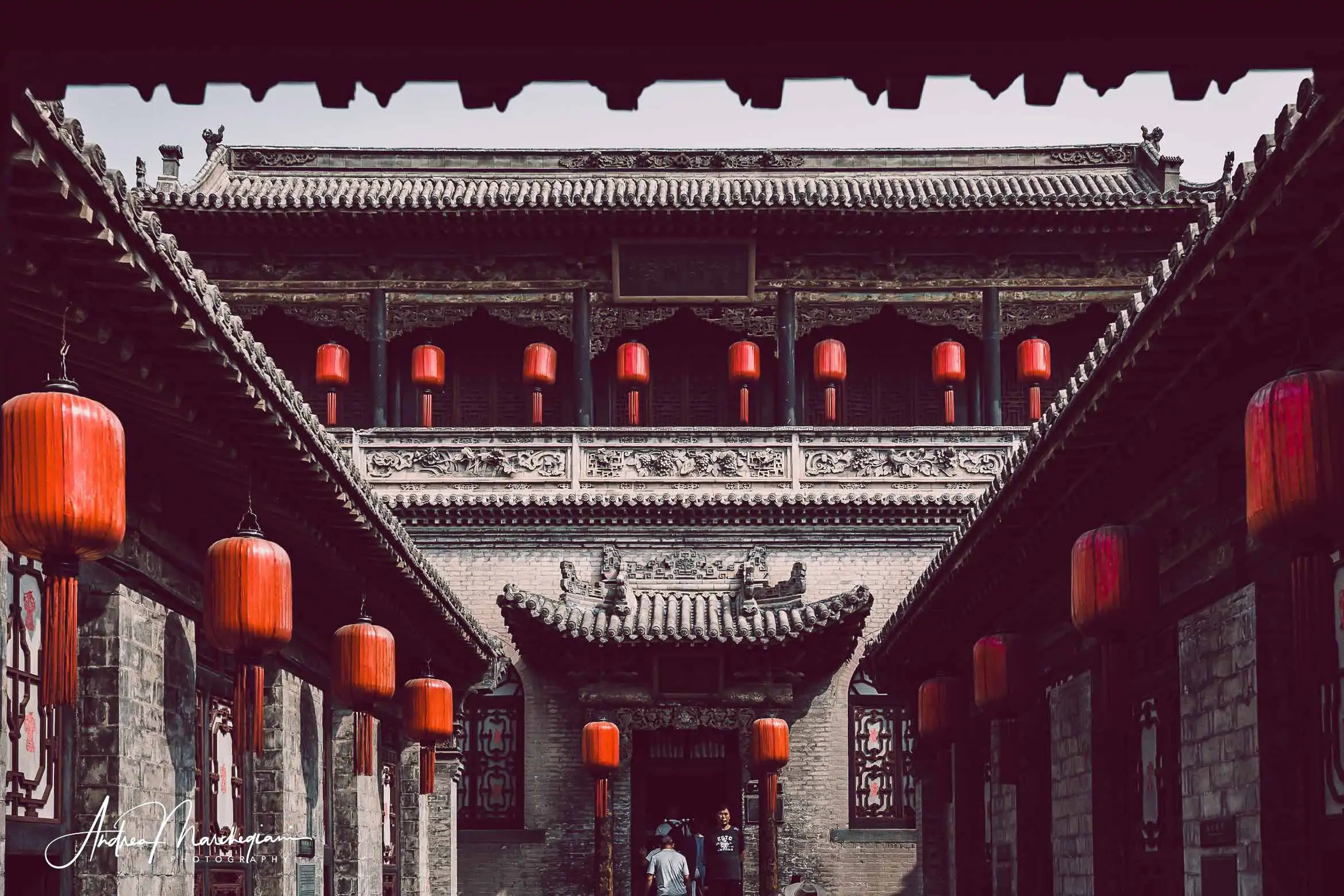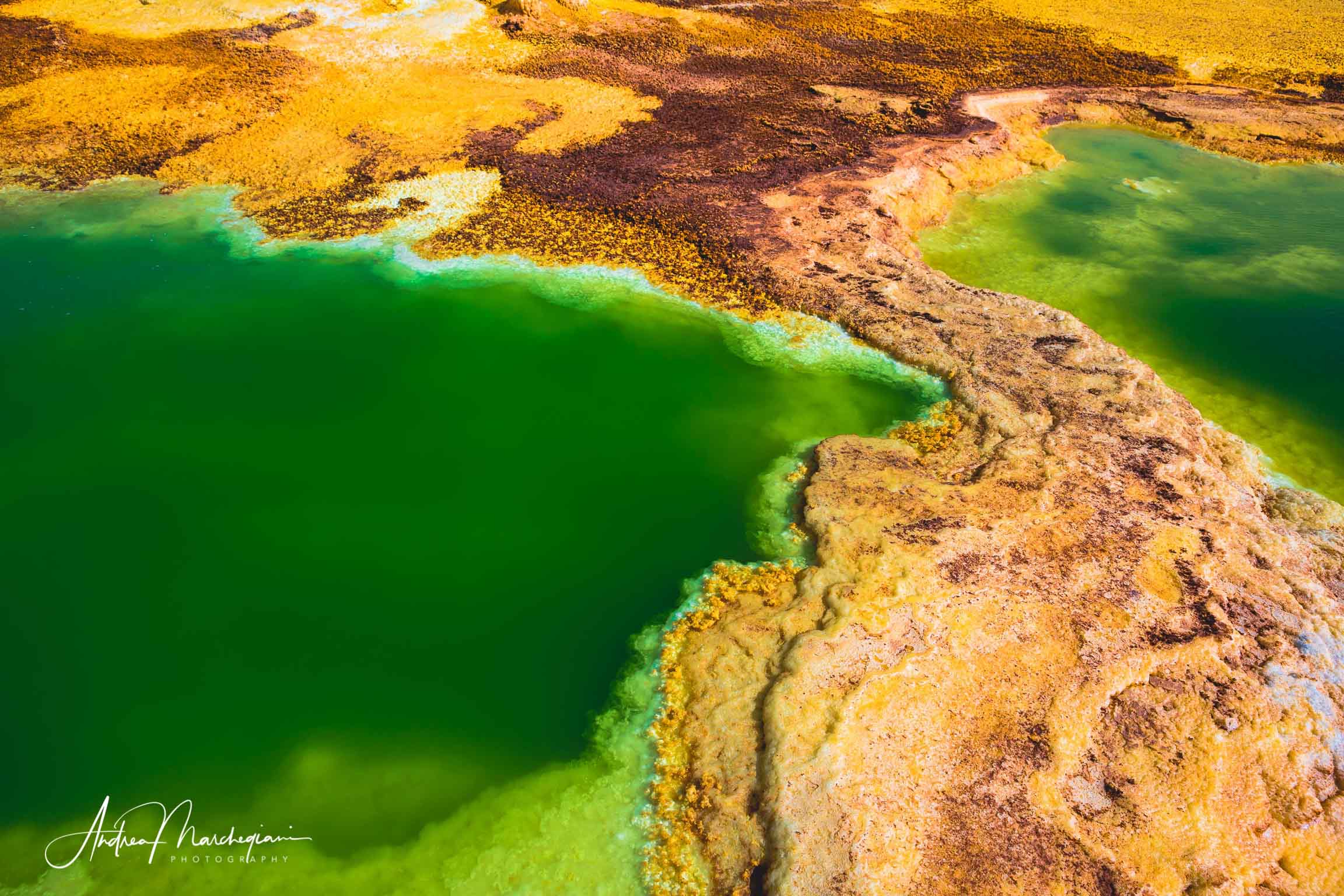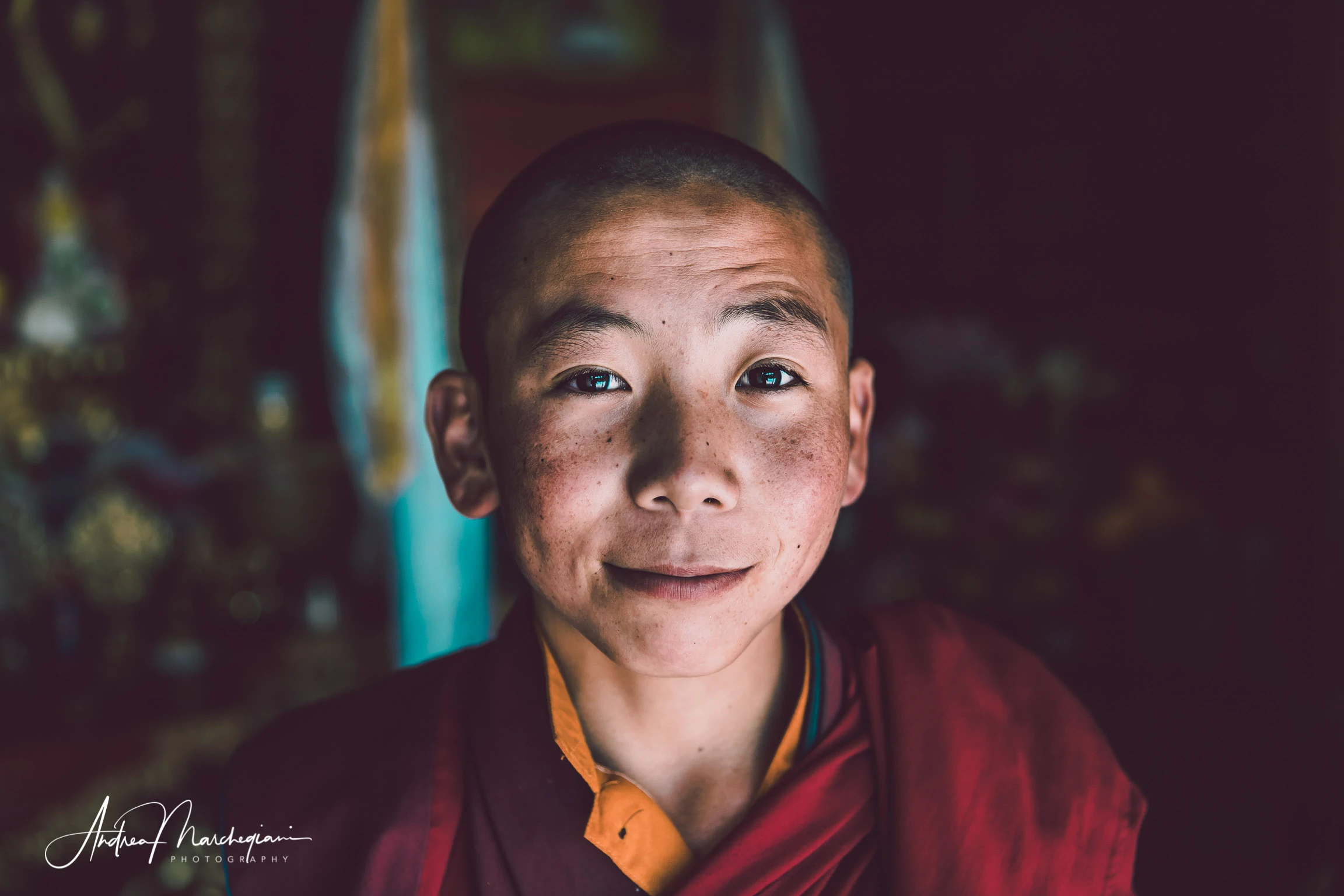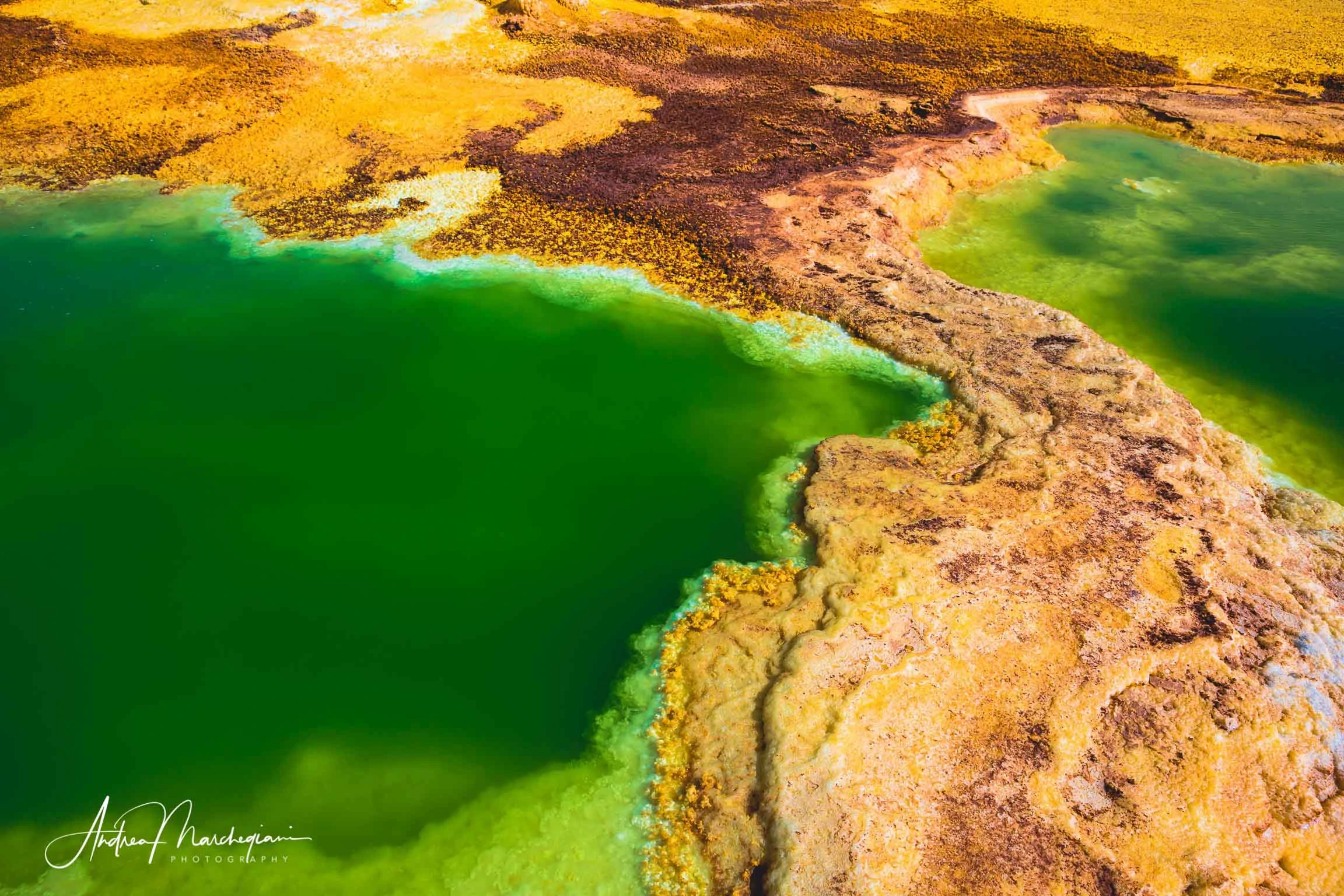
- Home
- Photo Galleries
- Portrait Photography
- Landscape Photography
- Street Photography
- China
- Ethiopia
- India
- Holy Ganges
- Varanasi
- Varanasi Ganga Aarti
- Varanasi, Manikarnika Ghat
- Varanasi Streets & Alleys
- Varanasi Demolition
- Varanasi Fruit Market
- Sarnath
- Brick Kilns
- Tamil Nadu, Chennai & Mamallapuram
- Tamil Nadu, Fort Tirumayam & Madurai
- Tamil Nadu, Tiruvannamalai & Thanjavur
- Kerala, Munnar
- Kerala, Peryiar
- Kerala, Backwaters
- Kerala, Kochi
- Kazakhstan
- Myanmar
- Senegal
- Uzbekistan
- Travel Blog
- China
- Ethiopia
- India
- Tamil Nadu & Kerala
- Varanasi
- Whato to do in Varanasi
- Varanasi Life along the Ghats
- Varanasi Death along the Ghats
- Varanasi Ganga Aarti Ceremony
- Varanasi demolished to honor Shiva
- Varanasi Fruit Market
- “Varanasi, A Journey into the Infinite”
- Sarnath
- All about River Ganges
- Holy Shit. All about Indian Cow Dung
- Clean India Project
- Brick factories
- Tilaka, pundra, bindi: what is the mark on Indian foreheads?
- Kazakhstan
- Mongolia
- Ulaanbaatar, the coldest capital in the world
- What to do in Ulaanbaatar
- Chinggis Khan Museum, 6 floors of Mongolian history
- Gorkhi-Terelj National Park and Bodgkhan Natural Reserve
- Altai Mountains, Things to do in Olgii and Sagsai
- Living with the Eagle Hunters
- Sagsai Eagle Festival
- Navrus Festival
- Xöömej, Mongolian throat singing
- Mongolian Food
- Myanmar
- Senegal
- Uzbekistan
- Latest Posts
- Photography Blog
- About
- Prints
We all love taking photos when we travel. It’s the best way to preserve vivid memories of our journey. If you’re a photography enthusiast and don’t settle for a few shots with your phone, here are some tips on essential photography equipment that should be in your backpack, as well as some advice on what to leave behind to avoid carrying too much weight.
As a professional photographer who captures weddings, photo shoots, and above all, reportage from every corner of the world, I have filled and emptied my camera bag hundreds of times, tried all possible combinations, made many mistakes, and found the best solutions.
So here’s how to conscientiously assemble your photographer’s bag!
Share with your friends:
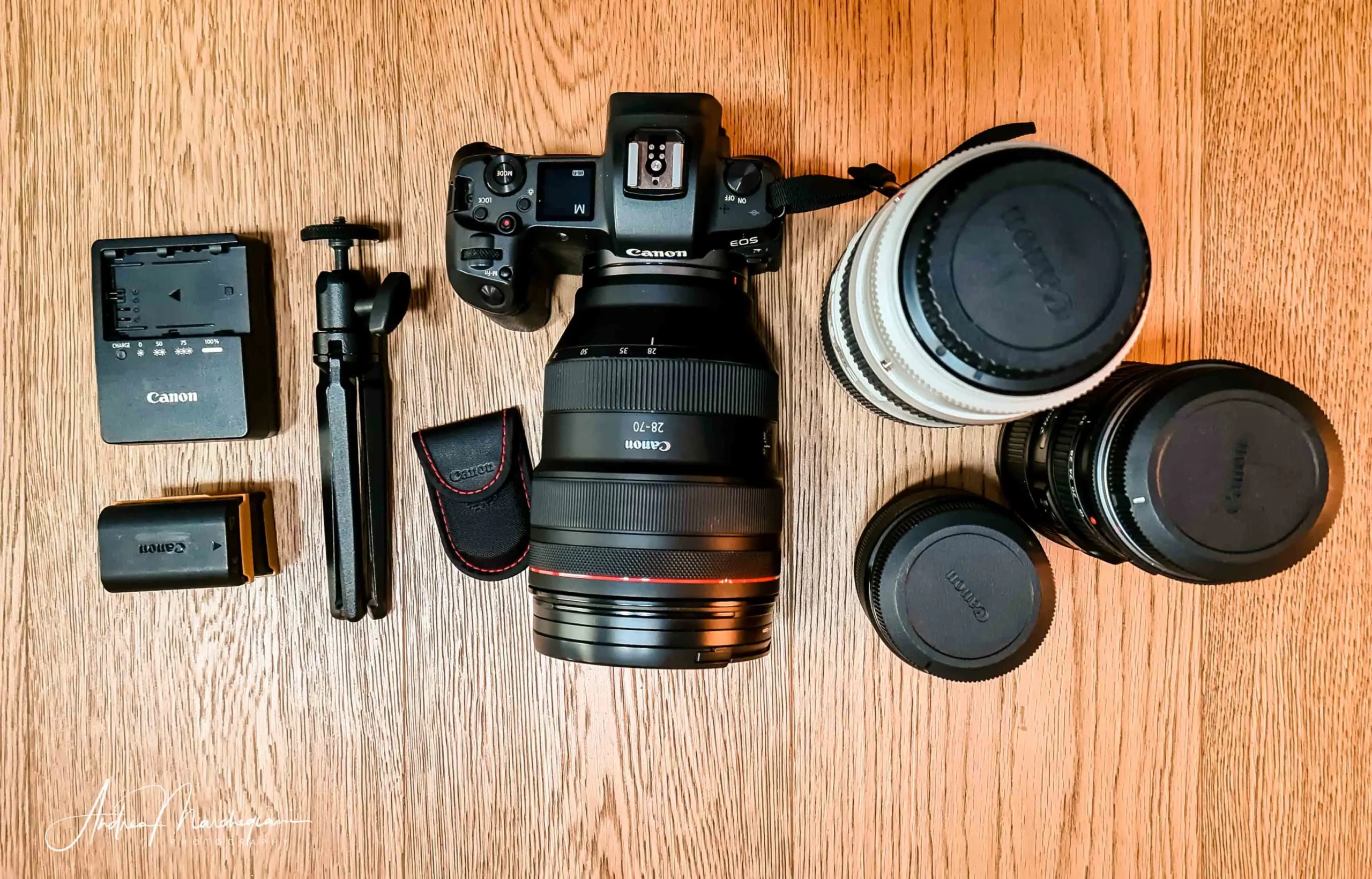
What are the essential photography equipment for every photographer? Some preliminary considerations
A photographer is not someone who simply takes a picture by pressing a button with their finger. If that were the case, their work would be truly worth very little. A photographer is an artist, a professional who has been shaped over the years through the study of visual arts and empathetic observation of the human soul. Their behavior when holding a camera reflects who they are as a human being. Knowing when to take that famous “click” and when not to is therefore the first thing to pack in our backpack.
1. Bring with you a clear vision of the type of photos you want to capture
What kind of photographic story do you want to tell? Are you more drawn to landscapes or portraits? Will you be taking long exposure shots at night? These are fundamental questions because they will significantly impact the type of equipment you will need.
2. Bring with you an ethical approach to photography
John Muir said, “Take nothing but pictures. Leave nothing but footprints.” It’s a beautiful quote that always echoes in my mind when I embark on a journey. However, it is important to add that taking photos is not a neutral activity, especially when it comes to portraits. One can be so blinded by the desire to capture the perfect shot that they may not realize they are intruding on someone, violating their privacy, or disrespecting the local culture. It is better to forego a shot than to take it at the expense of psychological abuse.
3. Honestly consider your physical conditions
Carrying an entire collection of lenses would be every photographer’s dream, but reality always presents us with the consequences of our choices, so be honest with yourself. Are you willing to bear the weight of your bag on your shoulders all day long? Would your spine withstand the strain? Or, simply put, would the bulkiness ruin your travel experience? Many times I’ve cursed myself for bringing too much gear with me, so carefully consider this point before filling up your backpack!
4. Bring the instruction manual
Weigh your photographic knowledge. If you are a beginner or have recently purchased your camera, pack the instruction manual. Modern cameras have numerous options, and you may need to refer to the booklet to understand the meaning of that strange indicator light that came on while you were taking a photo and won’t go away.
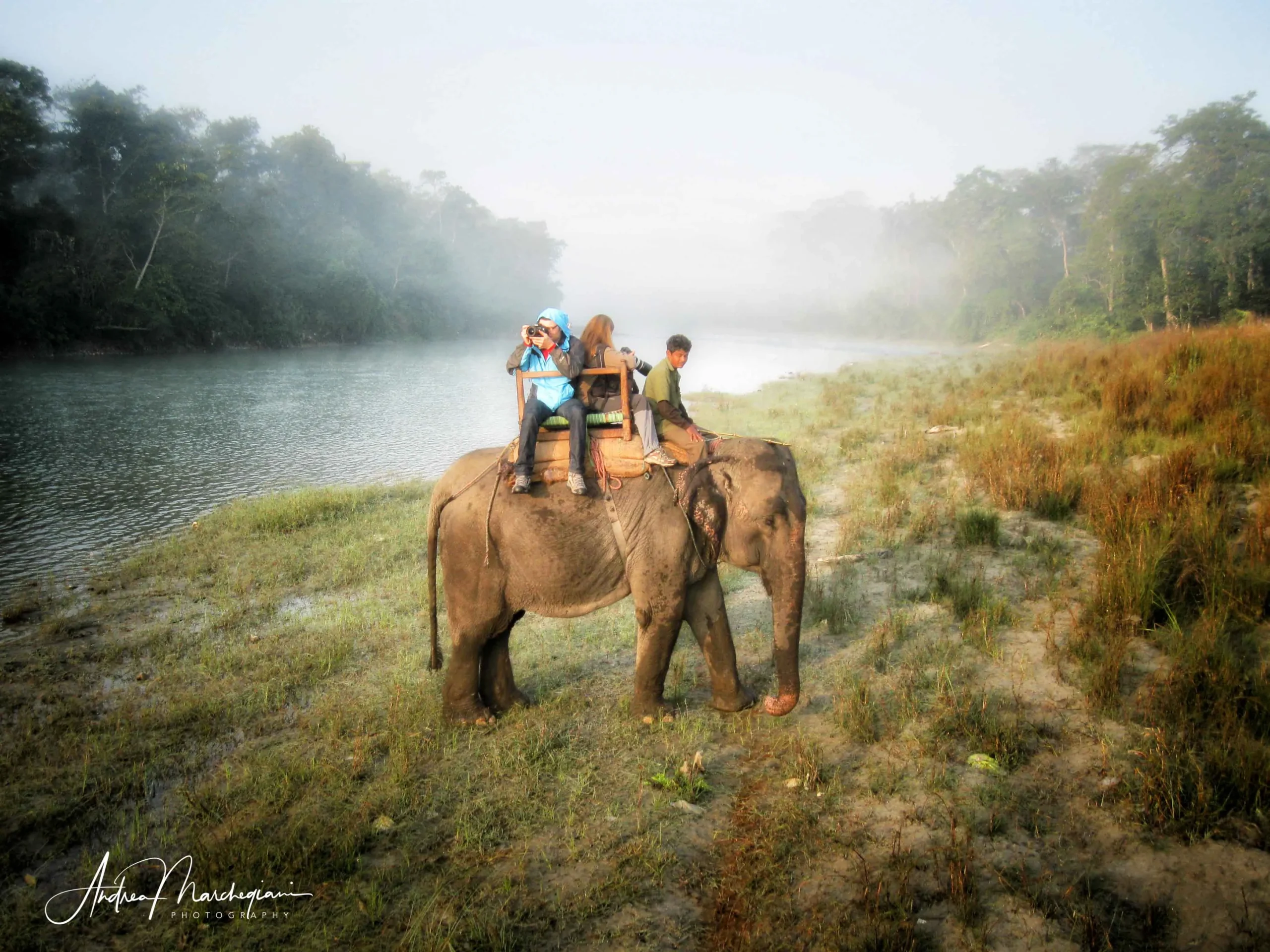
The photographer's bag: what it should contain
Here we are, ready to fill our bag with the physical equipment that will accompany us throughout our journey, step by step. Once we board the plane, they will become a part of us, just like our bones, muscles, and ligaments.
1. Camera body
The camera body is the most important choice, as it determines everything else. If you’re reading this article, chances are you won’t settle for a compact camera and you love interchangeable lenses. You’re probably wondering whether a DSLR or a mirrorless camera is better, or whether to opt for a full-frame or APS-C sensor.
Nowadays, the market offers excellent quality products in all these categories. Keep in mind that DSLRs may lag behind in autofocus capabilities, while mirrorless cameras have electronic viewfinders that can appear dim in bright conditions. It ultimately comes down to personal preference, so only you can evaluate based on factors such as the weight of the camera body and your budget.
2. Batteries
Bring at least two batteries, one to insert into the camera body and one as a spare. Be cautious of subpar brands, as they often lose performance after a few months of purchase. It’s better to invest more in an original battery. If you’re traveling to less touristy areas where access to electricity may be limited for more than two days, consider purchasing a third spare battery. And don’t forget the battery charger, of course!
3. Camera strap
Having a good, or rather an excellent camera strap will be essential for wearing the camera around your neck and avoiding the need to hold it in your hand all the time. Don’t skimp on its quality: after all, if the hooks were poor, your equipment could fall to the ground, risking damage.
4. Lenses
When it comes to lenses, it can be a challenging decision. How many should you bring if you have more than one, or which one should you choose if you need to purchase one? The first lens to pack for a trip should be a versatile zoom lens. There are essentially two main options:
– 24-70mm f/2.8: It is expensive but offers a wide aperture, allowing you to shoot in low-light conditions. This would personally be my first choice. If your budget allows, you can pair it with a 70-200mm f/2.8 telephoto zoom lens, which provides excellent results even when capturing subjects from a distance or isolating details in vast landscapes.
– 24-105mm f/4: It is more affordable and has a broader focal range. While it allows you to reach longer focal lengths, it is not as bright, and you will need to put it away as soon as the sun sets. This is an excellent choice if you want to start with just one lens and have modest expectations. In some cases, it may even be the only choice. For example, if you’re going on an African safari, focal range becomes more important than brightness since you’ll be shooting during the midday hours. On the other hand, if your trip involves shooting indoors, such as churches, caves, or dimly lit locations, then the aperture will play a crucial role. If you have budget limitations, you could opt for a 24-105mm f/4 lens and accompany it with a second, brighter lens. For example, a 50mm f/1.8 lens has a very affordable price and will allow you to capture some shots even in low-light conditions.
5. Flash
Professional cameras typically do not have a built-in flash. Instead, you can purchase an external flash and mount it when needed. I must confess that I don’t carry this additional burden on my travels. I cannot enjoy the benefits of fill-flash to illuminate subjects in backlight situations, but it’s a compromise I’m willing to make. I rely on the quality of my camera body and the magic of post-processing.
However, a shoe-mounted flash can be really necessary if you don’t have a bright lens or a full-frame sensor. It will allow you to capture some casual photos in low-light conditions, but rarely will you achieve professional results.
6. Tripod
Is it worth bringing a tripod with you while traveling? It depends. Are you going to photograph the Northern Lights or the night sky? Then it will be your best friend. Long exposures require a stable platform to support your equipment. So, yes, don’t leave without a tripod and choose a model that suits your needs carefully. It should be stable, not easily toppled by the wind, and if possible, lightweight and compact when folded. If your passion is documentary or portrait photography, a tripod may be unnecessary.
However, I recommend purchasing a mini tripod. You can elevate it from the ground by placing it on a windowsill, a restaurant table, or a viewpoint terrace. You’ll capture some nighttime shots that you didn’t think were possible!
7. A lens cleaning kit
Bring a dedicated cloth to keep your lenses clean and remember to check them regularly. While traveling, it’s easy for the lens glass to get smudged with fingerprints, dirt, and various debris. You don’t want to end up with photos full of spots and smudges!
I would say we have added all the essentials to our bag. Now all that’s left is to embark on our journey and do our best. Be creative and have fun… but above all, don’t forget that a skilled travel photographer never crosses the boundaries of respect and courtesy!



